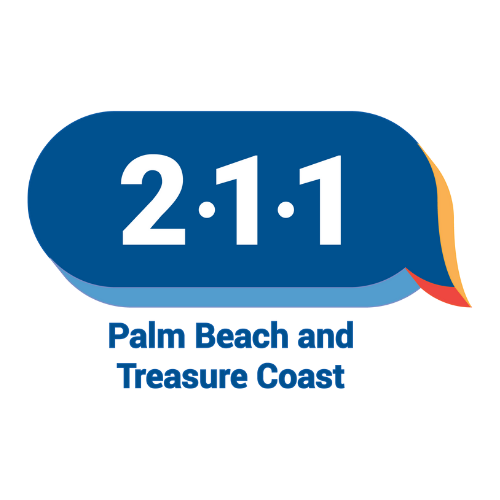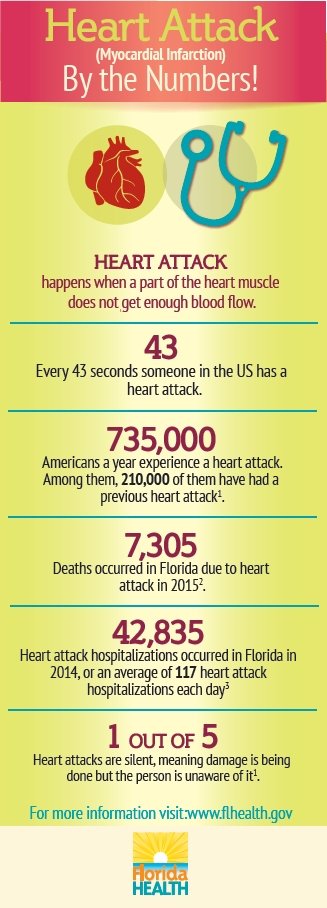Physical Health
Strokes are one of the leading causes of death in our country. Learn how to protect yourself…
Read section on Strokes below.
Prediabetes means your blood sugar levels are higher than normal, but not high enough for a diagnosis of diabetes. Prediabetes is a serious health condition that increases the risk of developing type 2 diabetes, heart disease, and stroke.
Eighty-four million American adults have prediabetes. Nine out of ten people with prediabetes don’t know they have it.
If you have prediabetes, you are 5 to15 times more likely to develop type 2 diabetes than people with normal blood glucose (blood sugar) levels. The vast majority of people with prediabetes do not know they have the condition. The Centers for Disease Control and Prevention estimates that 1 of every 3 U.S. adults has prediabetes and half of all Americans age 65 years and older have prediabetes. Click here to learn more.
Diabetes
November is Diabetes awareness month but it is important to know that Diabetes is a life-long disease.
Diabetes affects the way your body handles glucose, a kind of sugar, in your blood. Your body changes most of the food you eat into glucose, which your body uses for energy. Your blood takes the glucose to the cells throughout your body. Your blood always has some glucose in it. But too much glucose in the blood is not good for your health. Diabetes means that your blood glucose (sugar) is too high.
The glucose from food needs insulin to get into the body's cells. Insulin is a hormone made in the pancreas, an organ near the stomach. The pancreas releases insulin into the blood. If your body does not make enough insulin or the insulin does not work right, the glucose can't get into the cells, so it stays in the blood. This makes your blood glucose level high, causing you to have diabetes. Click the images in this section for more information.
Diabetes in Florida
1.7 million adults in Florida reported they have been diagnosed with diabetes.
49.7% of adults with diabetes in Florida received Diabetes Self-management Education (DSME) even though DSME is covered by insurance in Florida
1.3 million adults in Florida reported they have been diagnosed with prediabetes
Losing 5-7% of your body weight (10-15 pounds for a 200 pound person) can decrease your risk for diabetes and its complications
Diabetes increases the risk of heart disease 2 to 4 times
Symptoms of Diabetes
Do you know the signs of Diabetes, if you are experiencing any of these symptoms then please seek the help of a healthcare professional
Frequent Urination
Excessive Thirst
Extreme Hunger
Extreme Fatigue
Blurry Vision
Cuts & Bruises that are slow to heal
Weight Loss (Type 1 Diabetes)
Tingling, pain or numbness in hands/feet (type 2 Diabetes)
Know Your Risk of Diabetes
86 million American adults have prediabetes. Nine out of 10 people with prediabetes don’t know they have it. Click here and here for more information.
Lower Your Risk of Diabetes
There is much you can do to lower your risk of diabetes with simple changes
Stay Active! Physical activity can help control blood glucose, weight, and blood pressure
Maintain a healthy diet by eating smaller portions and less fat
Lose weight through a healthy lifestyle change program
Diabetes Prevention Classes
Talk to your health care provider about when you should get test and what tests are right for you. Click here for a Diabetes Prevention Class
Diabetes Self Management Education
The best way to manage your diabetes is to take a diabetes self-management education (DSME) class. In Florida, DSME is covered by health insurance. Programs provided as a health benefit must meet national standards. Click here to find classes near you, and here for support services.
Stroke
May is National Stroke Awareness Month! It is important to know that Strokes are the fifth leading cause of death in the United States.
A stroke occurs when a blood vessel that carries oxygen and nutrients to the brain is either blocked by a clot (ischemic stroke) or bursts (hemorrhagic stroke). When that happens, part of the brain cannot get the blood (and oxygen) it needs and this can lead to damage or death of the affected area of the brain.
Anyone can have a stroke, but certain behaviors, family history, and medical conditions can increase your chances. Some risk factors you cannot change, include age, sex, race or ethnicity, genetics, and family history. There are other risk factors you can change through modifying your lifestyle and working with your health care team.
Risk factors for stroke include:
High blood pressure
Excessive alcohol use
Physical inactivity
Diabetes
High cholesterol
Heart disease
Smoking
Fortunately, you can take steps to lower your risk by:
Eating a healthy diet
Maintaining a healthy weight
Being physically active and exercising regularly
Not smoking
Limiting alcohol consumption.
Learn to recognize the warning signs and symptoms of a stroke and
call 9-1-1 right away if someone is suspected of having a stroke.
Heart Disease
Heart disease awareness month is February yet is accounts for 3 out of 10 deaths in Florida year round.
Each year billions of dollars are spent in the U.S. on medications that reduce the risk of heart disease—the No.1 killer in Florida. In 2014 there were 42,835 heart attack hospitalizations, or an average of 117 heart attack hospitalizations each day. About half of all Americans have at least one of these three risk factors for heart disease: high blood pressure, high cholesterol and smoking. By eliminating these risk factors and others we can take steps to reduce heart disease related deaths in Florida.
Lower Your Risk of Heart Disease
There is much you can do to lower your risk of heart disease with simple changes Aim for at least 30 minutes every day, 15 minutes twice a day works too. Mix activity levels use both moderate & vigorous activity throughout your day.Strengthen Muscle & Bone work on muscle & bone strengthening at least 3 times a week Stretch Daily it improves posture & balance as well it relieves stress
Risk Factors
Risk factors for heart disease include several health conditions, family history, and lifestyle. About half of all Americans have at least one of three key risk factors for heart disease. These risk factors include: high blood pressure, high blood cholesterol, and smoking.
Some risk factors cannot be changed You cannot control some risk factors. But knowing what they are can help you understand your overall risk for heart disease. These risk factors may be related to your family history or other characteristics such as your age, gender, and race or ethnicity.
There are risk factors you can control Many risk factors can be modified, treated, or controlled by focusing on lifestyle habits and taking medicine, if prescribed by a health care provider. These risks include health conditions such as:
High blood cholesterol
High blood pressure
Diabetes Overweight or Obesity
Lifestyle choices and behaviors can also increase your risk for heart disease. Your doctor may recommend changes to your lifestyle to reduce your risk.
These risk factors include:
Unhealthy diet
Physical inactivity
Too much alcohol
Smoking
If you think you might have any of these risk factors, talk to your doctor or health care provider. (Content excerpts from Florida Health website. Click below to view full site to learn more about heart disease.)
Are You in Need or Know Someone that is?
If you know someone who might be in need of assistance, please share this web page and encourage them to call 2-1-1 or Get Help Now












